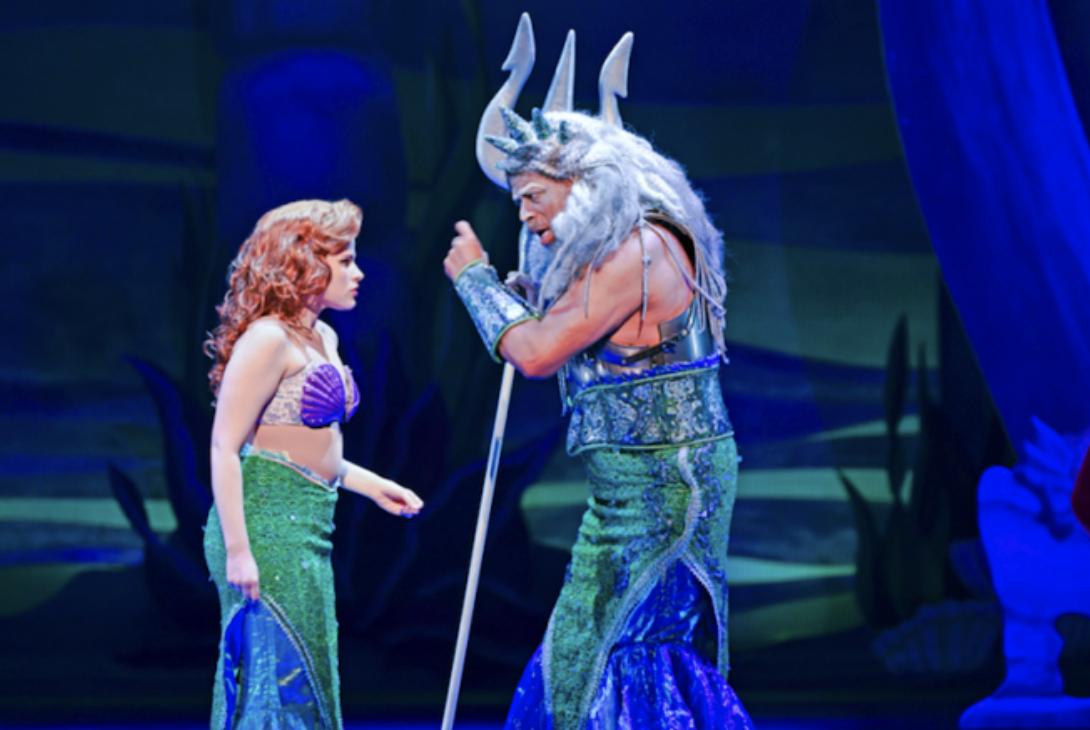When the “non-essential” businesses shut down in response to the global pandemic, there was a brief moment of despair, but a louder voice in my head saying “there’s got to be a way around this.” To sit in unity in tight spaces and breathe collective air and share an emotional connection to what was happening right before your eyes was now hazardous to our health. The hardest part for me personally was finally having gotten the mission of the theatre off the ground, with the goals of providing classes and camp like activities for youth just within reach—and it all ground to a halt. Like so many schools and local theatres, a production was in the works and now, cancelled. When the global halt came, I tried my best to gracefully accept and reflect on the break. However, a singular meditative experience can only last for so long before one feels comatose, so, I sought out a new way to go to work. I am lucky in that I am a person who likes to work, and I work for the love of doing the work.
After seeking the advice of several theatre directors and managers in the same boat and learning what they had been doing, it was ultimately César González who shared with me on Facebook a few sketches from an Italian stage designer, Emanuele Sinisi, and his take on how theatre could be approached in times of a pandemic, one of which was the sketch of cars parked in the round using their headlights as stage lighting (very Brecht-ian in concept, to be sure.) It was that image that began the gears turning, as I knew this would be the safest, easiest, and most cost effective way to congregate an audience—limiting them to their own quarantined pods. But then arose the challenge of audio: how could 20 cars worth of people hear two actors, wrapped in face masks, hear the dialogue being delivered, even with the aid of speakers? César, who is the pastor of the Cambridge Adventist Church, would be of further aid as he shared how he had been doing his own congregations, and introduced radio broadcasting to me as a way to better produce audio for the audience through their own car radio speakers. Beyond the sound capability, César also pointed me in the direction of one Mr. Troy Hill, who, as the gatekeeper for Sailwinds Park (where we will be playing), was more than enthusiastic about the concept of drive-in live theatre. This production would not be happening if not for the excitement and enthusiasm for the arts that these two community leaders have.
As for the concept—I knew it would be irresponsible and dangerous to put more than two actors in a performance space, even outside, so I narrowed the search for something familiar but done with only two actors. Luckily, imagination truly knows no bounds when it comes to the world of children’s theatre—and I was fortunate enough to come across a 30-page two person adaptation for The Little Mermaid. Luckier still, this adaptation by Mike Kenny (who penned the script for Groove Theatre’s 2019 production of Red Riding Hood) relied much more heavily on the original Hans Christian Anderson story rather than the popular Disney adaptation. With a title like The Little Mermaid, there is bound to be some expectation of style and form and likely above all, musicality. While one can never be rid of the audience’s memory, my job is simply to find a fresh way of telling it, using theatrical technique as the methodology.
From a financial standpoint, I’ve fortunately never been interested in “flash” and prefer to let the actors and humanity tell the story. Economic necessity has long been part of the inspiration for my shows’ asceticism—luckily, penny pinching was the art form my father imparted on me. Add a pandemic on top of these circumstances, and take into account people’s financial stability (or lack thereof, considering how many families have been shaken by the recent month’s events), as well as people’s willingness to venture out into a public setting, I sought to execute this enormously famous tale with only two actors, Joseph Fox and Megan Ann King, and the smallest design choices as possible.
This production is an experiment. The goal is not to turn a profit, as we are only running three nights and charging per car rather than per person, and can only accommodate twenty cars per night. The goal is to prove that as artists we can introduce new ways of doing the things we love, and the things we need to do, and break free of the mold of traditional convention and the idea of it having “always been done this way.” They say invention is born of necessity, and when the world faces a global health crisis, half measures don’t cut it when attempting to return to a semblance of normalcy while balancing accessibility. Gone (for now) are the days of large scale casting and audiences by the hundreds or thousands (the original Broadway production of Disney’s The Little Mermaid had a cast of 37—not including crew or pit band). That doesn’t mean we can’t enjoy live theatre. The goal of this production is to open a conversation to doing things differently, while still maintaining a safe boundary.
Perhaps that is a lot of expectation to put on a small, outdoorsy reimagining of a fairy tale classic. But it is a place to start.
Talley Wilford is the Founding Executive Director of the Groove Theatre Company in Cambridge, MD. For information on tickets, social distancing and audience behavior guidelines, please visit www.groovetheatre.com



Bartlett says
Love it! Way to think outside the box!